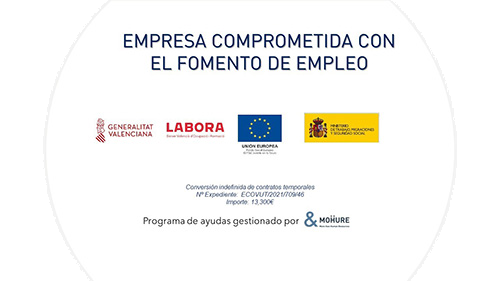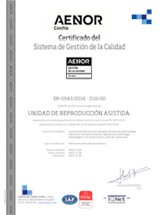Diagnosis and treatment
Polycystic Ovary Syndrome does not mean that pregnancy cannot be achieved.
Diagnosis is a combination of medical history, physical examination, ultrasound and blood tests. On ultrasound, many women with PCOS show larger than usual sized ovaries with many small cysts. Blood tests may show elevated blood levels of sugar, cholesterol or male hormones.
Diagnosis and individual patient circumstances will reveal different treatment options:
- Weight loss to help regularise your menstrual cycle and improve your fertility.
- Medications that provoke ovulation under the rigorous control of our specialists, avoiding an excessive response that could increase the risk of a multiple pregnancy.
- In vitro fertilisation in case other treatments do not work. This treatment offers higher pregnancy rates with the transfer of a single embryo, and better control over the risk of having twins or triplets.
- Surgery, recommended only when other options fail. In women with polycystic ovary syndrome, the outer layer of the ovaries becomes thicker, which may be related to the suppression of spontaneous ovulation. Ovarian incision is an intervention in which several “perforations” are made in the surface of the ovary by laser to restore ovulation for a short period of time ranging from 6 to 8 weeks.











